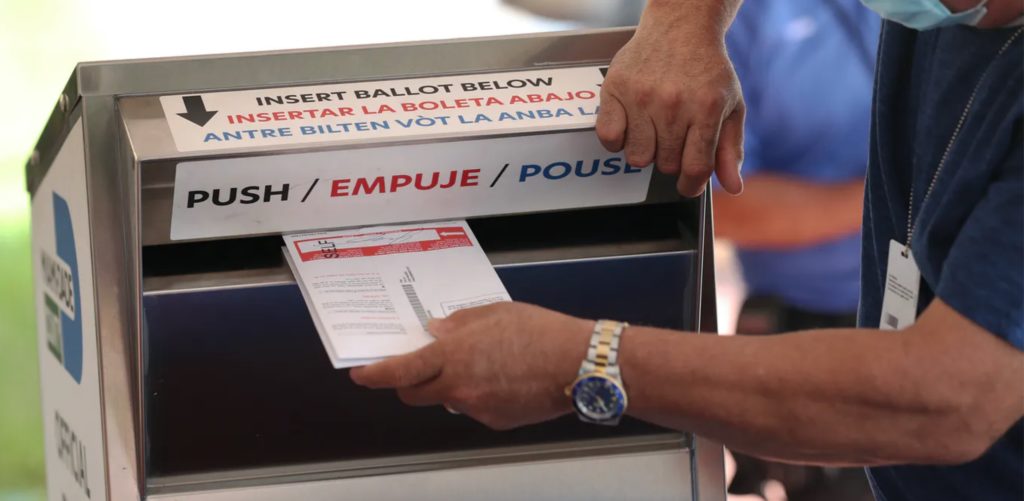Opinions & observations: Judges used to stay out of election disputes, but this year lawsuits could well decide the presidency

Throughout American history judges have generally tried to avoid getting involved in political questions, including litigation about elections. They followed Supreme Court Justice Felix Frankfurter’s famous advice to avoid “embroilment” in “the political thicket” of “party contests and party interests.”
This tradition began to erode in the 1960s, when courts took up cases involving legislative redistricting and gerrymandering. And since the Supreme Court’s 2000 Bush v. Gore decision, which effectively decided that year’s presidential election, political parties have increasingly turned to the courts in search of electoral advantage.
Prior to 2000, an average of 96 election law cases were brought every year in state and federal courts. By 2004, that average jumped to 254, most of them filed at the state level.

Brooklyn Boro
View MoreNew York City’s most populous borough, Brooklyn, is home to nearly 2.6 million residents. If Brooklyn were an independent city it would be the fourth largest city in the United States. While Brooklyn has become the epitome of ‘cool and hip’ in recent years, for those that were born here, raised families here and improved communities over the years, Brooklyn has never been ‘uncool’.